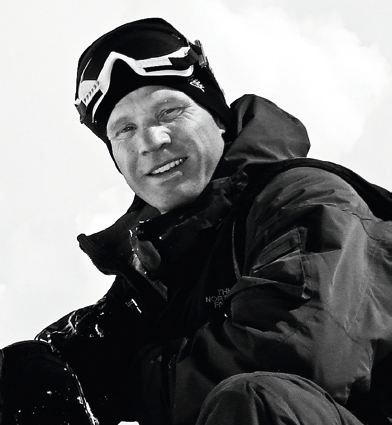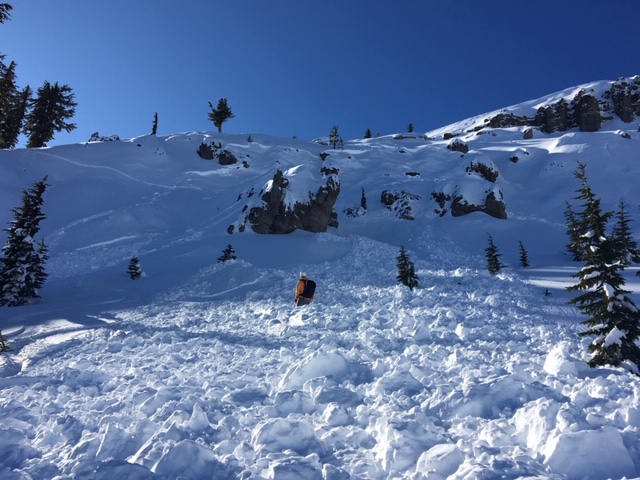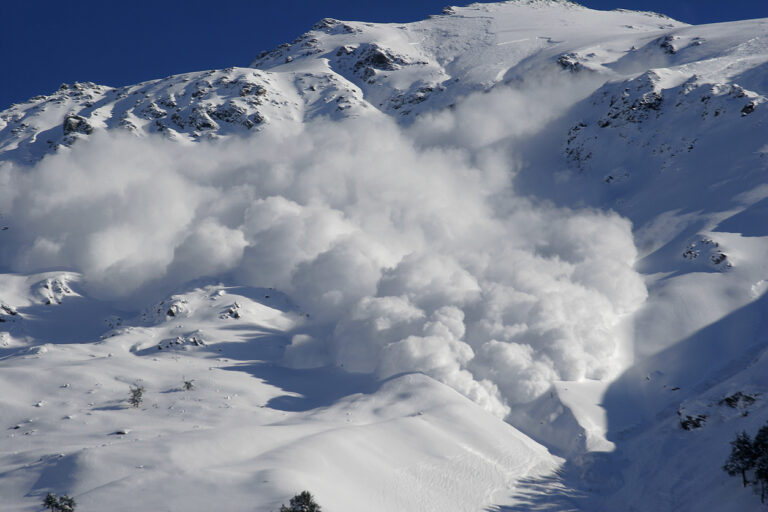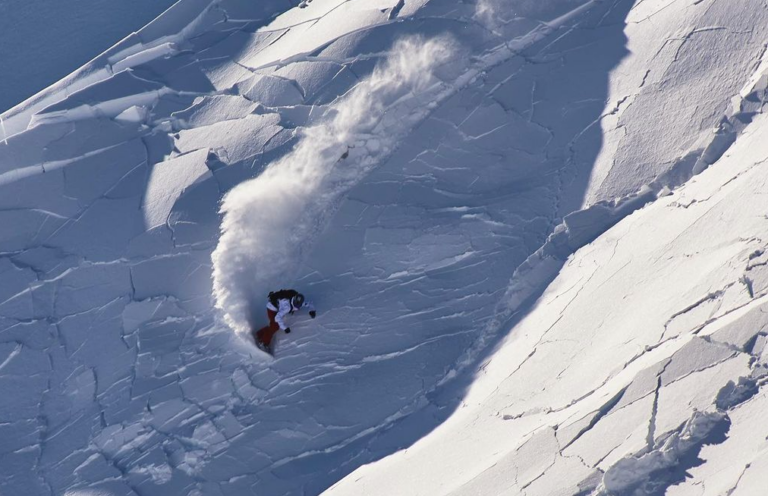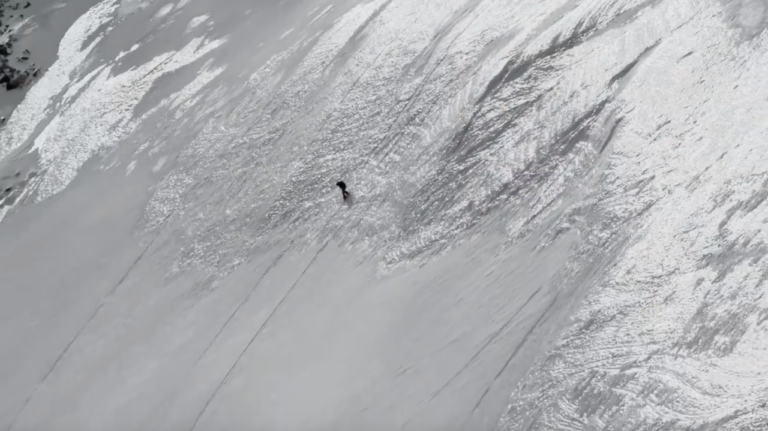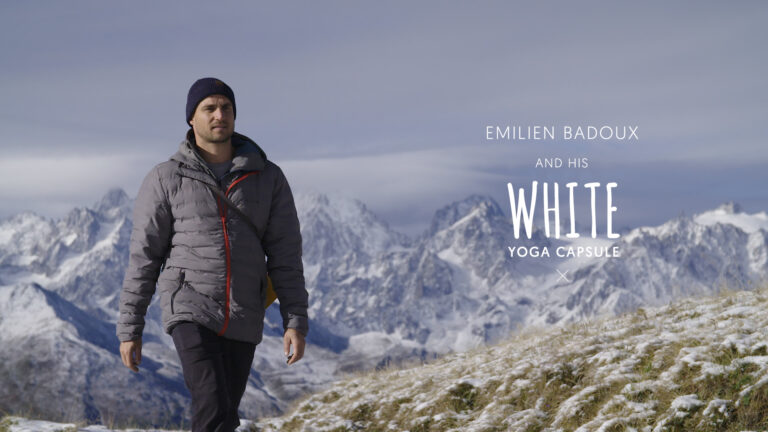Safety in numbers is one of the golden rules of backcountry riding; unfortunately, it is also one of the biggest causes of avalanche – through bad group management and slopes overloading. Mountain Guide Neil McNab shares some tips on how to stay safe.
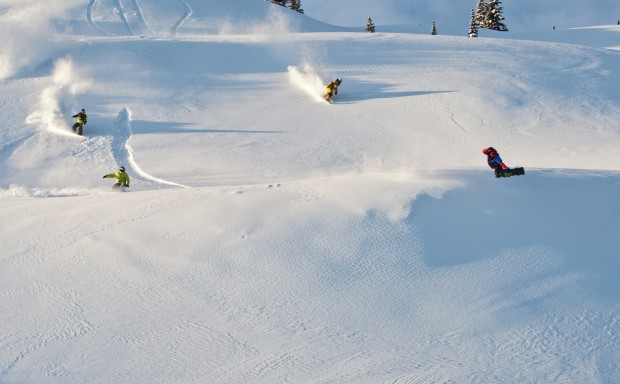
Here are 10 simple tips for you to keep in mind when you’re venturing off-piste with your mates.
1. Watch your blind side
Remember that when you’re riding you have a blind spot on your heel side. Try to be aware of other riders in the group, and when passing people, give them room to manoeuvre on their heel side. This seems really obvious but is a common cause of accidents on the piste. In the backcountry – where everyone is charging or competing for the freshest turns– it can have very serious consequences.
2. One at a time!
The most common cause of slab release is external loading. When you make a turn in fresh snow you can exert up to six times your body weight on the snowpack. If two riders are descending at once, this pressure-loading is doubled. If you’re venturing onto a slope that has an element of avalanche risk (i.e. it is the right angle, rolling, unsupported or untracked) treat it as unstable and take the precaution of riding one at a time.
3. Use a spotter
Always have someone watching your ride from a safe vantage point where they can see all of the descent. If you’re riding one at a time (as you should be in this situation) the spotter can indicate when it is safe for the next rider to drop in.

